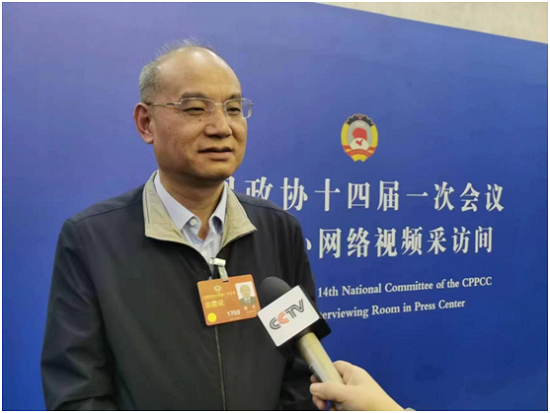Jiang Qi, a member of the National Committee of the Chinese People's Political Consultative Conference (CPPCC), has brought a proposal related to the forage seed industry to this year's two sessions.

Jiang Qi, a CPPCC National Committee member [Photo provided by the interviewee]
The grass seed industry is the basis for supporting national ecological restoration, grass and herding industry development, and land greening. As of June 2022, there were less than 100 varieties of cultivated and utilized grass approved in China, while there are about 5,000 registered varieties of grass recognized by the United States and Europe. More than 1/3 of the 150,000 tons of commercial grass seeds - the annual domestic need, have to be imported.
Meanwhile, with the further promotion of rural revitalization, the characteristic industry of cattle and sheep in Xinjiang, Gansu, Ningxia, and Inner Mongolia, the nation has set the goal of ensuring that the self-sufficiency rate of Chinese people's beef, mutton and milk sources will hit 85% and over 70% respectively by 2025. The total demand for high-quality forage in China will reach 120 million tons, with a gap of 50 million tons. However, at present, the forage seed output is only 98,000 tons, far from the self-sufficiency rate of 70%.
Jiang proposed that based on local resource endowment, the national top-level planning and design of the construction layout of the national high-quality forage seed industry base should give priority to supporting Xinjiang, Gansu, Ningxia and Inner Mongolia to build the national high-quality forage seed industry base, in a bid to improve the supply rate of high-quality forage, especially in self-cultivated high-quality forage varieties. Additionally, the investment in infrastructure construction and informatization level of high-quality forage breeding bases should be improved, so as to support the high-quality forage seed industry bases focusing on alfalfa, triticale, oats and local ecological grass species to establish and improve the protection and utilization system of resources, and improve the innovation ability and competitiveness of seed industry enterprises.